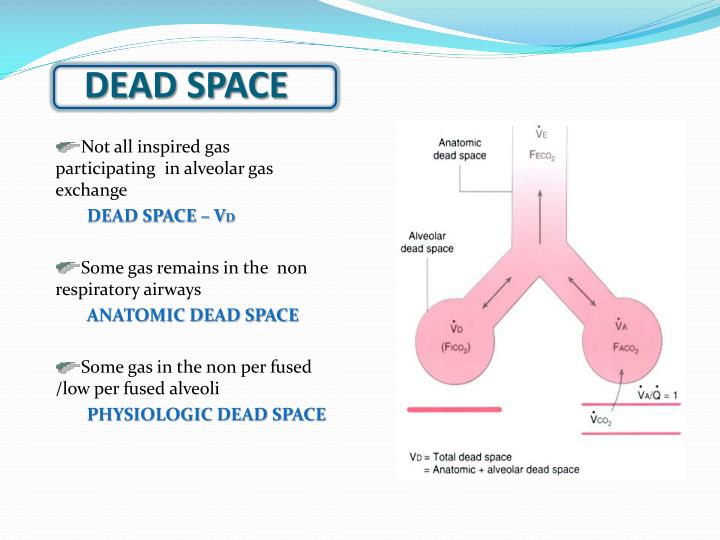
Thoracic expansion occurs as the rib cage is pulled upwards and outwards and the diaphragm descends (Figure 12.2). Motor impulses generated by the respiratory centre travel along cervical, thoracic and diaphragmatic nerves initiating contraction of the diaphragm and external intercostal muscles, initiating inspiration (Figure 12.1). Peripheral chemoreceptors in the carotid artery and aorta also stimulate breathing but are more sensitive to falling PaO 2. Hydrogen ions stimulate the central chemoreceptors in the respiratory centre of the medulla oblongata. CO2 diffuses into the cerebrospinal fluid (CSF) of the brain (cerebral ventricles), generating hydrogen (H) ions (Figure 12.1). Inspiration is initiated by rising levels of CO 2 in arterial blood. Whilst this can be voluntary, breathing is regulated unconsciously by the respiratory centre situated in the medulla oblongata (Figure 12.1). Inspiration is a mechanical event clearly visible when counting respirations.


The nurse must be able to appreciate the factors that determine effective ventilation to be able to recognise when this is compromised, and take appropriate action. If ventilation is inadequate, then carbon dioxide can accumulate in the blood (hypercapnia) and oxygen levels fall (hypoxaemia). Ventilation refers to the cyclical exchange of air in the lungs during inspiration and expiration and is crucial for gaseous exchange to occur.



 0 kommentar(er)
0 kommentar(er)
